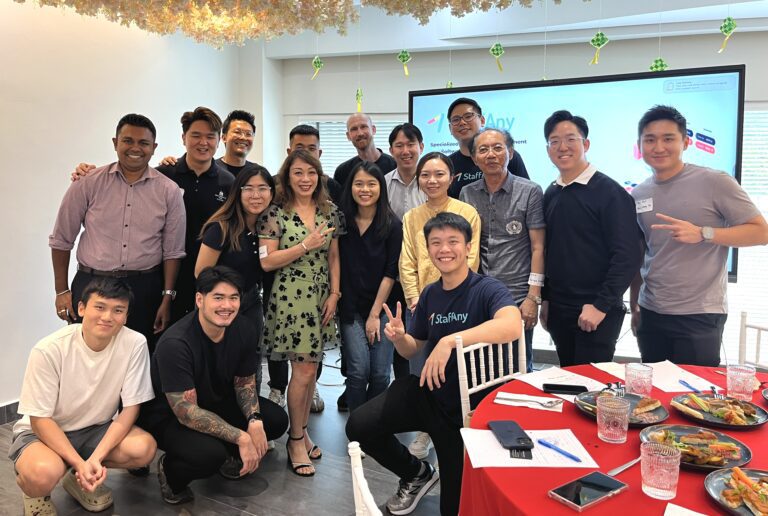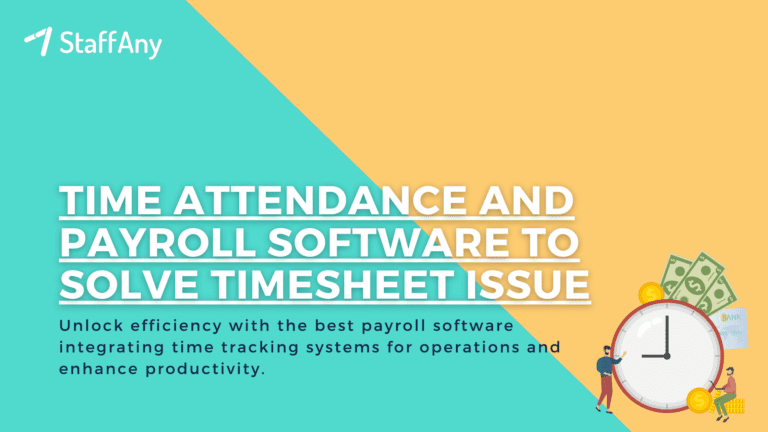Product design is a fundamental aspect of creating items that resonate with consumers, ensuring they are not only functional but also aesthetically pleasing. In today’s world, where competition is fierce and consumer expectations are high, understanding the key elements of product design is crucial.
In this article, we will delve into what product design entails and why it holds such significance in the contemporary market. Furthermore, we will explore the five fundamental aspects of effective product design, touching upon functionality, aesthetics, usability, brand consistency, and user experience. Let’s get started!
What Is Product Design?
Product design involves the creation, development, and improvement of products to meet specific requirements and serve particular functions. It is not merely about creating something visually appealing; it encompasses a holistic approach that considers both form and function.
In essence, product design is the process of conceptualising, planning, and shaping products to ensure they meet the needs of their users while maintaining a balance between aesthetics and practicality.
Product design involves thoroughly understanding user needs, market trends, materials, and manufacturing processes. From the initial concept to the final product, every step in the design process plays a crucial role in delivering a product that not only serves its purpose but also leaves a lasting impression on its users.
Whether it’s a sleek smartphone, a comfortable piece of furniture, or a user-friendly app, product design is at the heart of making these items both appealing and effective.
Read more: 10 Different Types of Packaging Available in the Market
Why Is Product Design Important?
Understanding the significance of product design is essential for businesses looking to thrive in today’s demanding and ever-changing market. Here are some reasons why product design is important:
1. Enhanced Product Appeal
Effective product design is crucial for enhancing the appeal of a product. The visual attractiveness of a well-designed product often serves as the first point of contact with potential customers. Whether it’s captivating packaging, an elegant user interface, or a beautifully crafted physical item, aesthetics draw people in. An aesthetically pleasing product can create that initial spark of interest, making consumers want to explore further and eventually purchase.
2. Improved Functionality
Functionality lies at the core of product design. A well-designed product is not just about looks; it’s about how well it performs its intended functions. It should fulfil its purpose efficiently and effectively. This involves deeply understanding user needs and incorporating features and mechanisms that enhance its usability. When a product works seamlessly and enhances the user’s experience, it’s more likely to gain a positive reputation and customer loyalty.
3. Competitive Edge
In today’s fiercely competitive market, having a product with superior design can provide a significant advantage. Such products stand out, often commanding higher prices and garnering a more substantial market share. By differentiating your product through effective design, you can create a niche for your brand and gain a competitive edge in your industry.
4. Customer Satisfaction
Customer satisfaction is a vital metric in any business. A well-designed product not only meets customers’ needs but often exceeds their expectations. Users of such products are more likely to be satisfied, and satisfied customers are more likely to become loyal ones. A positive user experience, driven by thoughtful product design, can lead to repeat purchases and word-of-mouth recommendations.
5. Innovation and Adaptability
Product design is closely intertwined with innovation. It encourages businesses to continually evolve and adapt to changing market dynamics and consumer preferences. By embracing innovative design concepts and practices, companies can stay ahead of the curve and remain relevant. Effective product design isn’t static; it’s a dynamic process allowing continuous improvement and adaptation to new challenges and opportunities.
Read more: The Ultimate Guide to the Packaging Design Process
Key Elements of Product Design
A well-balanced product design considers key elements of product design, ensuring that the product resonates with users and stands out in the market. Here are the key elements of product design that you should consider:
1. Functionality
Functionality is at the core of any product design; it pertains to how well a product performs its intended tasks. A product should be designed to function efficiently and effectively. This involves deeply understanding user needs and incorporating features and mechanisms that enhance usability. Essentially, it’s about ensuring that the product does what it’s supposed to and does well.
2. Aesthetics
Aesthetics are what make a product visually appealing. Good aesthetics can draw customers in, making them want to own and use the product. A well-designed product is not just a tool; it’s a piece of art. The visual appeal can create an emotional connection with users. Aesthetic considerations include colour, shape, texture, and overall design. It’s about making the product not only functional but also visually captivating.
3. Usability
Usability focuses on how easy it is for users to interact with a product. A well-designed product should be intuitive, ensuring users can understand its functions and features without extensive guidance. It’s about making the product accessible to a wide range of users, irrespective of their technical expertise. Usability includes factors like user interface design, ease of navigation, and the overall user-friendliness of the product.
4. Brand Consistency
For businesses, maintaining brand consistency across different products is essential. Each product should reflect the brand’s identity and values. This consistency helps in brand recognition and creates trust among customers. It ensures the product’s design aligns with the brand’s visual elements, messaging, and overall identity. A consistent brand image reinforces customer loyalty and trust.
5. User Experience (UX)
User experience encompasses the entire journey a customer takes when interacting with a product. It’s about creating a positive, seamless experience from when a potential customer discovers the product to the post-purchase phase.
This involves user interface design, ease of use, and customer support. A great user experience not only makes the product enjoyable to use but also fosters customer satisfaction and loyalty.
Read more: 20 Effective Marketing Strategies for Food Business
In conclusion, effective product design is a multifaceted discipline that combines functionality, aesthetics, usability, brand consistency, and user experience. When executed effectively, it can result in products that stand out in the market, captivate customers, and drive business success. As consumers become more discerning, the role of product design in meeting their expectations cannot be overstated.
To streamline your business and manage your workforce efficiently, consider leveraging StaffAny’s HR timesheet software. StaffAny understands that schedules and operations are constantly changing. With our online timesheet tracker, you can easily make quick and efficient updates on the go, whether it’s extending a shift or adjusting hours and tracking time spent.
This tool is the all-in-one online timesheet solution that can significantly improve your time management process. So, take a step towards efficient workforce management by exploring what StaffAny has to offer today!











